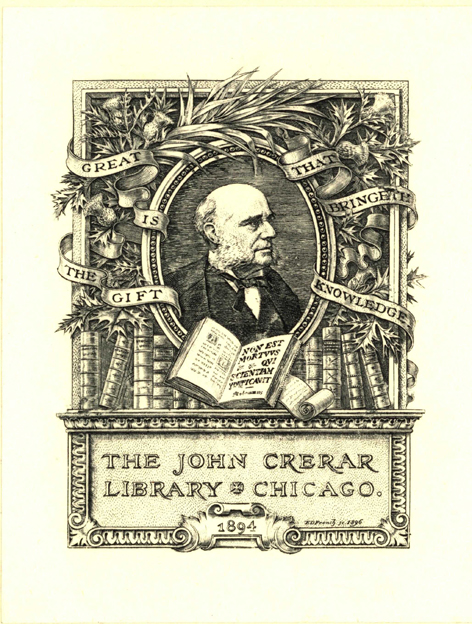The theory of toroidally confined plasmas /
Saved in:
| Author / Creator: | White, R. B. |
|---|---|
| Edition: | 2nd ed. |
| Imprint: | London : Imperial College Press ; Singapore ; River Edge, NJ : Distributed by World Scientific Pub. Co., c2001. |
| Description: | xx, 367 p. : ill. ; 23 cm. |
| Language: | English |
| Subject: | |
| Format: | Print Book |
| URL for this record: | http://pi.lib.uchicago.edu/1001/cat/bib/4736071 |
Table of Contents:
- Preface
- Chapter 1. Toroidal Configuration
- 1.1. Introduction
- 1.2. General Coordinates
- 1.3. Basis Vectors, Metric Tensor
- 1.4. Vector Operators
- 1.5. Magnetic Field Representation
- 1.6. Magnetic Surfaces
- 1.7. Magnetic Surface Destruction
- 1.8. The Standard Map
- 1.9. Problems
- 1.10. References
- Chapter 2. Equilibrium
- 2.1. Introduction
- 2.2. The Virial Theorem
- 2.3. Field Line Curvature
- 2.4. General 3-D Equilibria
- 2.5. Axisymmetric Equilibria
- 2.6. Tokamak Ordering
- 2.7. Cylindrical Tokamak Equilibria
- 2.8. The Shafranov Equilibrium
- 2.9. High Beta Equilibrium
- 2.10. Flux Conserving Equilibria
- 2.11. Equilibrium Scaling
- 2.12. Equilibrium Types
- 2.13. Problems
- 2.14. References
- Chapter 3. Guiding Center Motion
- 3.1. Introduction
- 3.2. Hamiltonian Formulation
- 3.3. Orbit Classification
- 3.4. Integral Invariants
- 3.5. Toroidal Precession
- 3.6. Large Aspect Ratio
- 3.7. Diamagnetic Current
- 3.8. Confinement of Fusion Alpha Particles
- 3.9. Problems
- 3.10. References
- Chapter 4. Linear Ideal Modes
- 4.1. Introduction
- 4.2. Plasma Kinetic and Potential Energy
- 4.3. Self Adjointness of the Potential Energy
- 4.4. The Energy Principle
- 4.5. Convenient form for [delta]W
- 4.6. The Energy Principle in Cylindrical Geometry
- 4.7. MHD Instabilities in Low [beta] Tokamaks
- 4.8. Kink Mode
- 4.9. The M=1 External Kink
- 4.10. The Internal Kink Mode
- 4.11. Ballooning Instabilities
- 4.12. Magnetic Well
- 4.13. Ballooning, Simple Equilibria
- 4.14. Mercier, Suydam Criteria
- 4.15. Modification of the Ballooning Equation
- 4.16. Tae Modes
- 4.17. Axisymmetric Modes
- 4.18. Numerical MHD Spectrum
- 4.19. Shape and Aspect Ratio
- 4.20. Problems
- 4.21. References
- Chapter 5. Linear Resistive Modes
- 5.1. Introduction
- 5.2. The Tearing Mode
- 5.3. The m = 1 Tearing Mode
- 5.4. The Skin Current Profile
- 5.5. Toroidal and Shaping Effects
- 5.6. The Resistive Surface Kink Mode
- 5.7. Optimized Profiles
- 5.8. The Rippling Mode
- 5.9. The Resistive Interchange Mode
- 5.10. Resistive Ballooning
- 5.11. Diamagnetic Rotation
- 5.12. Problems
- 5.13. References
- Chapter 6. Nonlinear Behavior
- 6.1. Introduction
- 6.2. The Reduced Equations
- 6.3. Nonlinear External Kink
- 6.4. Vacuum Bubbles
- 6.5. Nonlinear Internal Kink
- 6.6. Complete Resistive Reconnection
- 6.7. Nonlinear Tearing Mode Analysis
- 6.8. Sawtooth Oscillations
- 6.9. Disruptions
- 6.10. Empirical Limits
- 6.11. Stabilization of Tearing Modes
- 6.12. Problems
- 6.13. References
- Chapter 7. Mode-Particle Interaction
- 7.1. Introduction
- 7.2. Passing Particle Resonance
- 7.3. Tae Mode Drive and Saturation
- 7.4. Trapped Particle Resonance
- 7.5. Fishbone Induced Loss
- 7.6. Fishbone Destabilization
- 7.7. The Fishbone Cycle
- 7.8. Resistive Kinetic Internal Kink
- 7.9. Stabilization of the Sawtooth
- 7.10. Ballooning Destabilization
- 7.11. Alpha Particle Effects
- 7.12. Problems
- 7.13. References
- Chapter 8. Transport
- 8.1. Introduction
- 8.2. The Drift Kinetic Equation
- 8.3. Cross Field Diffusion
- 8.4. Bootstrap Current
- 8.5. Neoclassical Tearing
- 8.6. Ware Pinch
- 8.7. Magnetic Field Ripple Transport
- 8.8. Diffusion in a Stochastic Field
- 8.9. Island Induced Diffusion
- 8.10. Anomalous Transport
- 8.11. Confinement Scaling
- 8.12. Burn Control
- 8.13. Problems
- 8.14. References
- Chapter 9. Phase Integral Methods
- 9.1. Introduction
- 9.2. Connection Formulae
- 9.3. Causality
- 9.4. Bound States - Instabilities
- 9.5. Overdense Barrier - Scattering
- 9.6. Underdense Barrier - Scattering
- 9.7. Eigenvalue Problems
- 9.8. Problems
- 9.9. References
- Index


